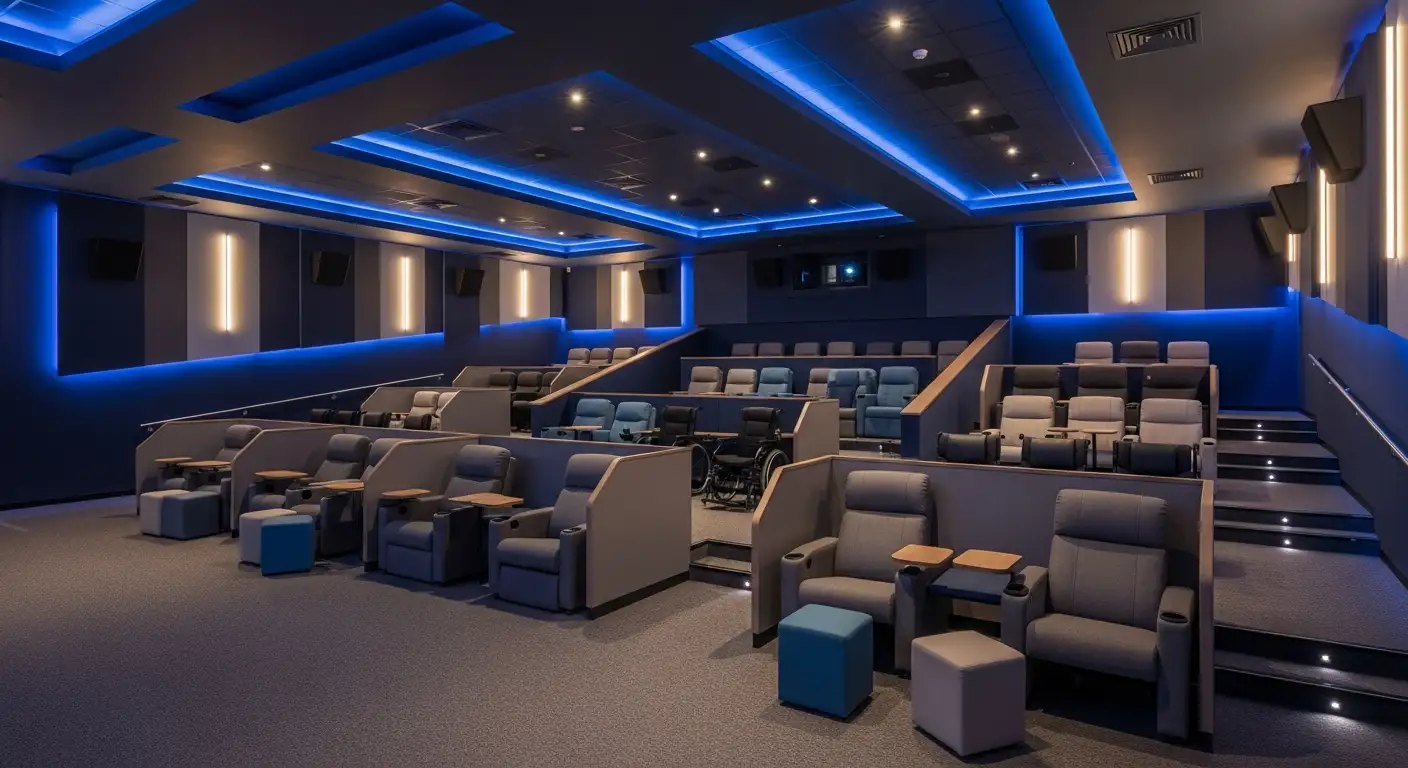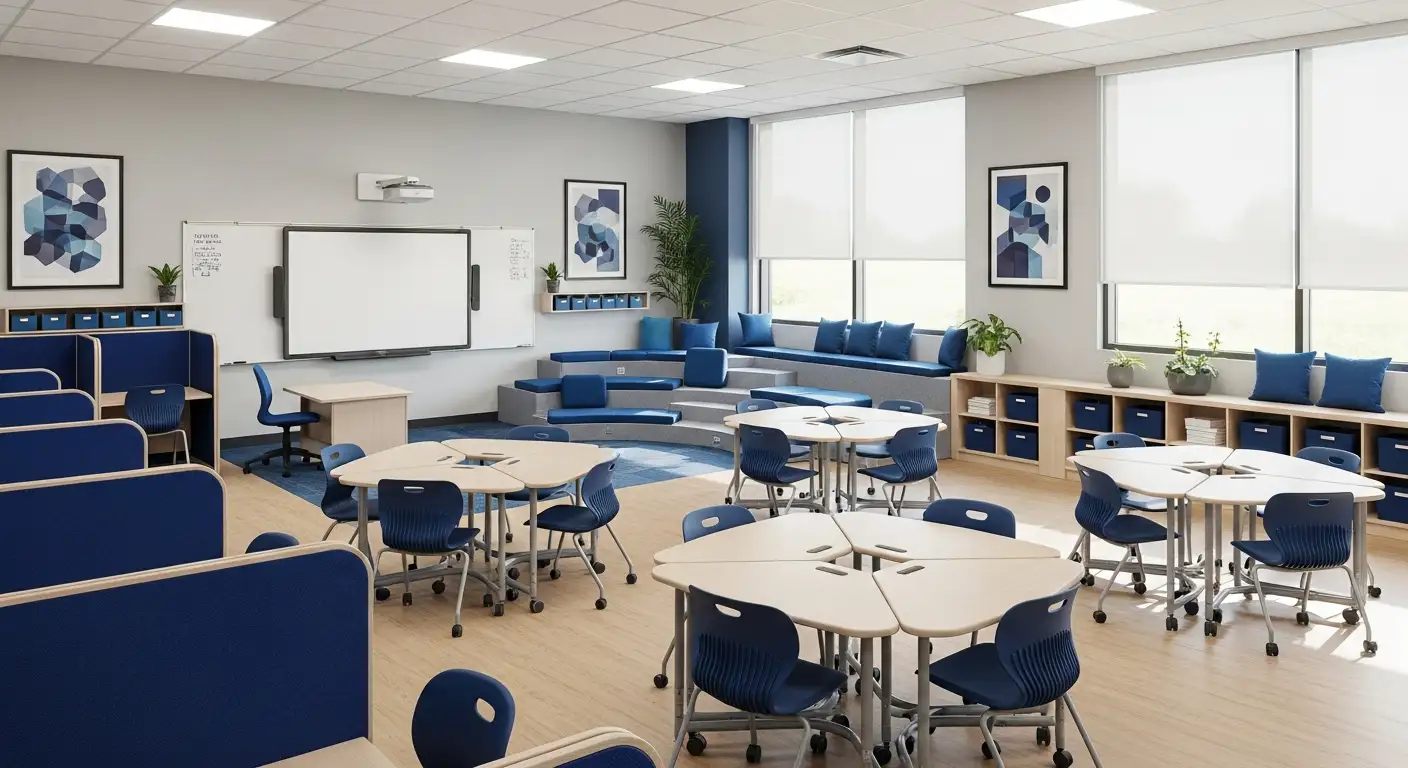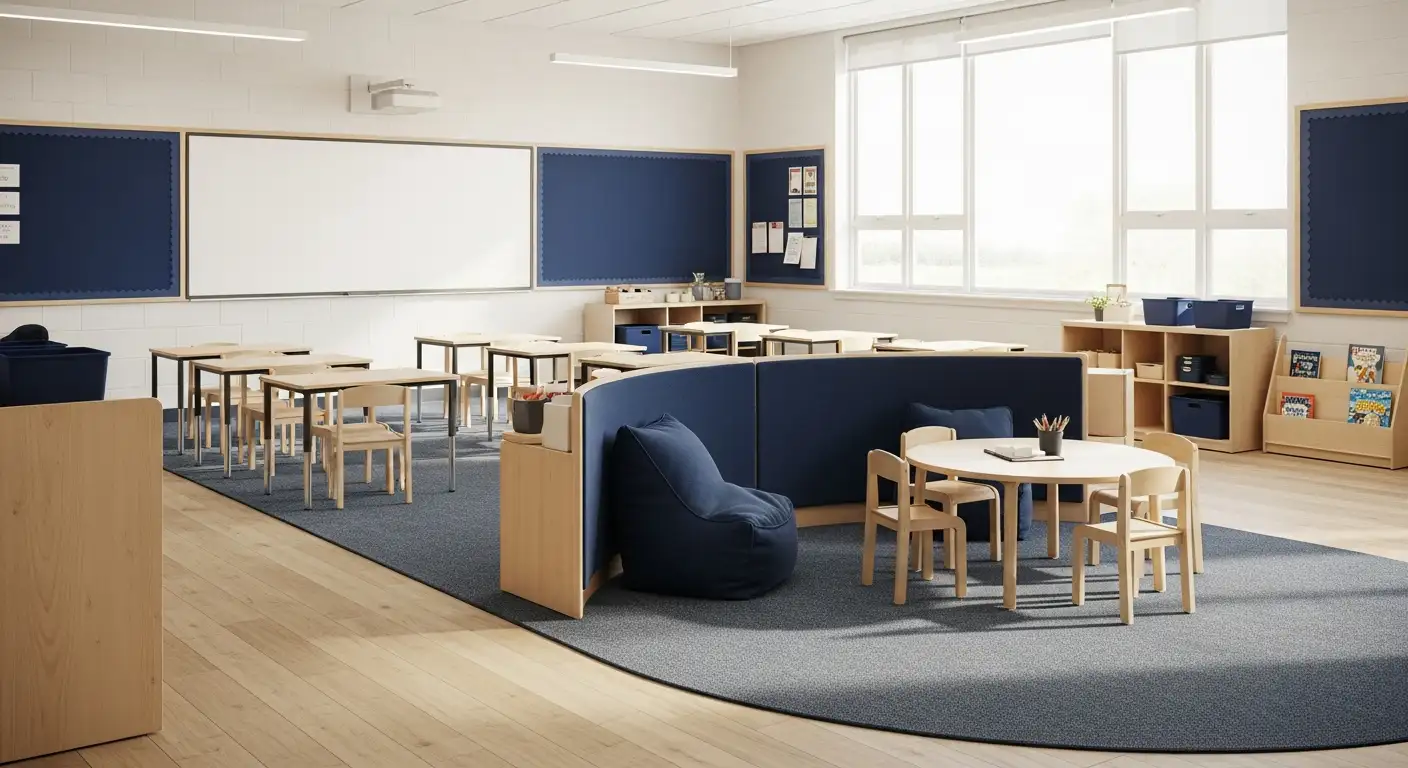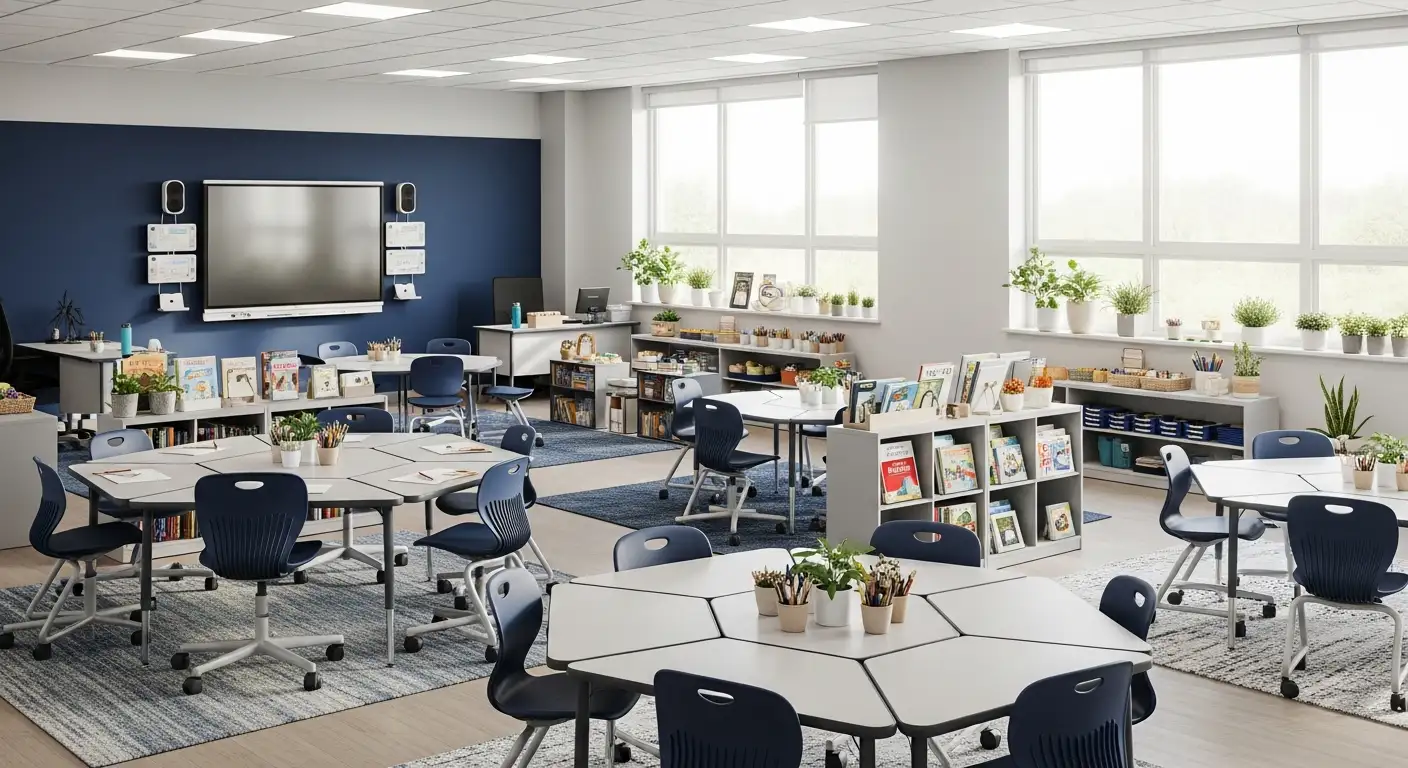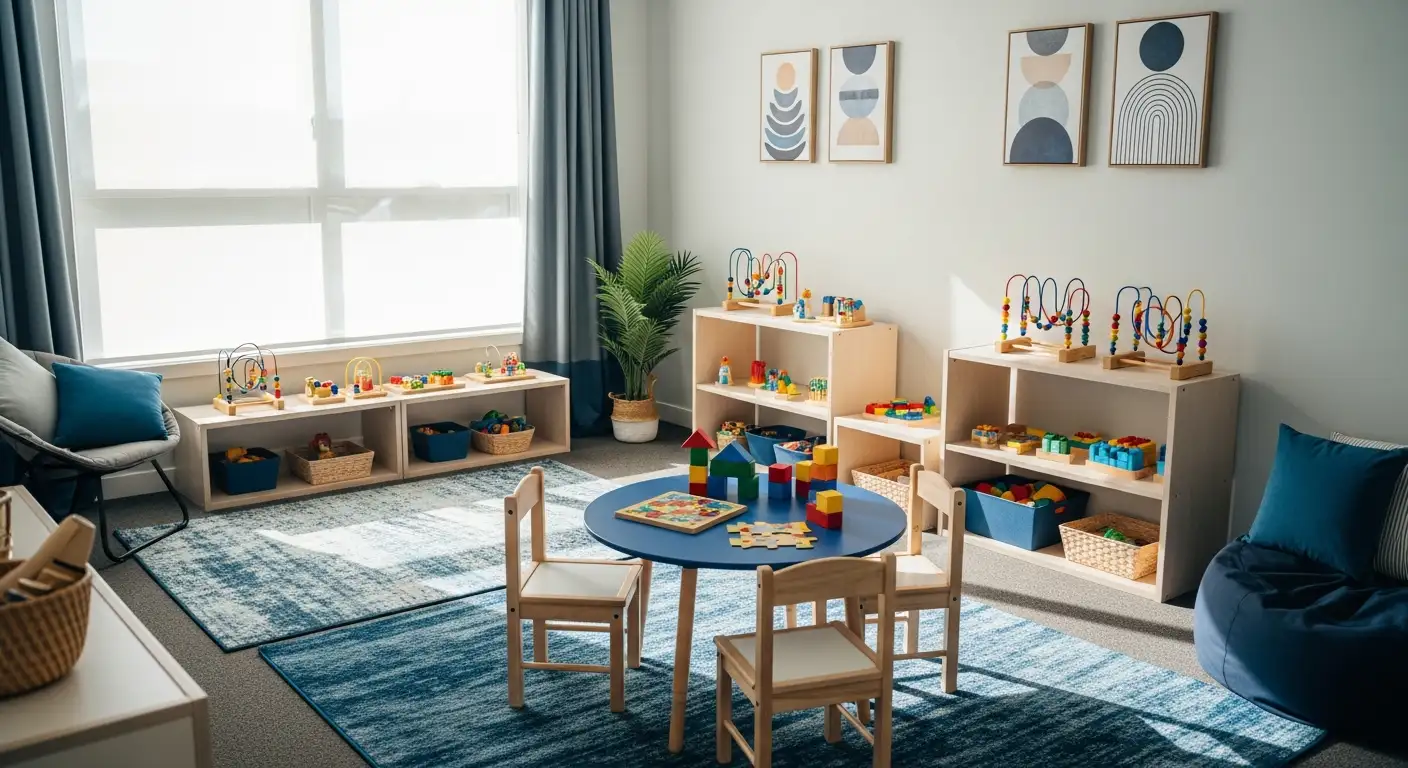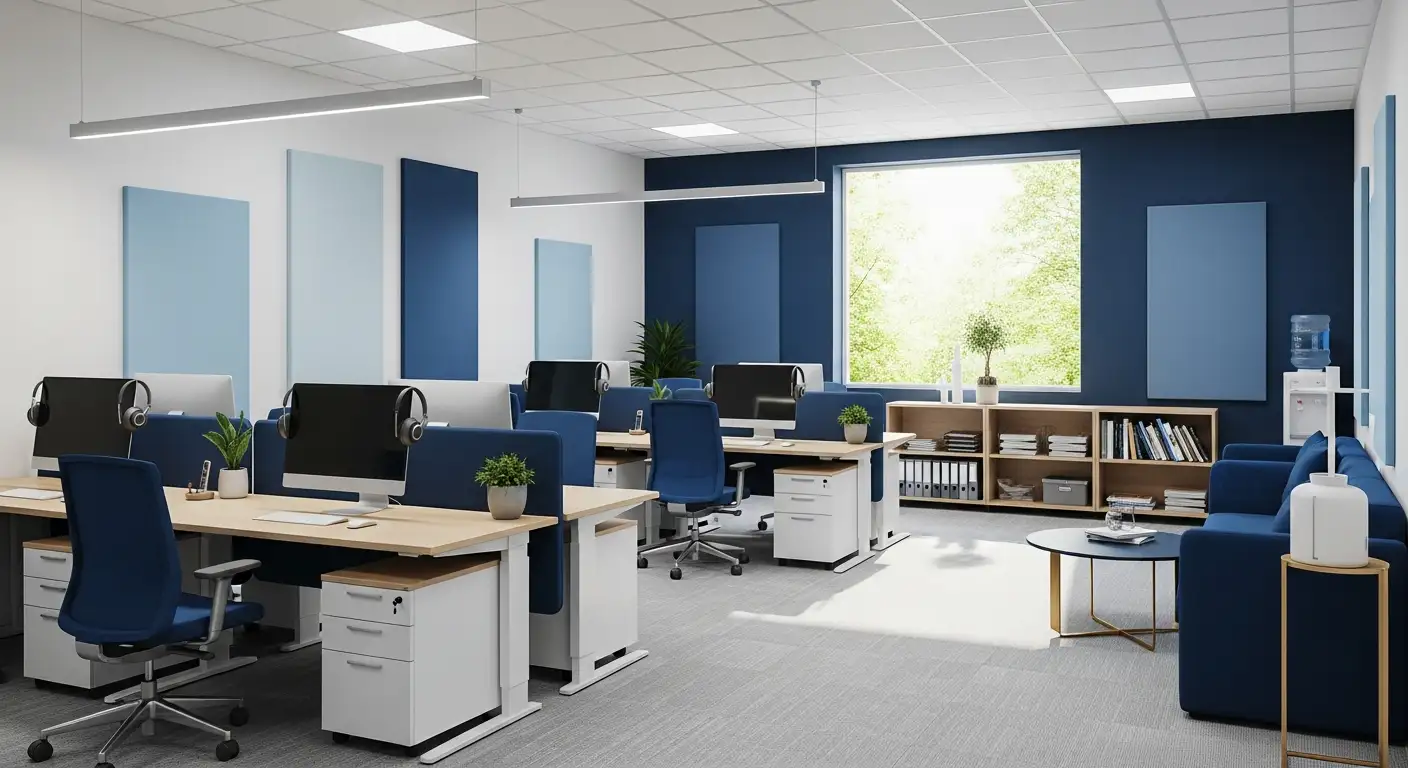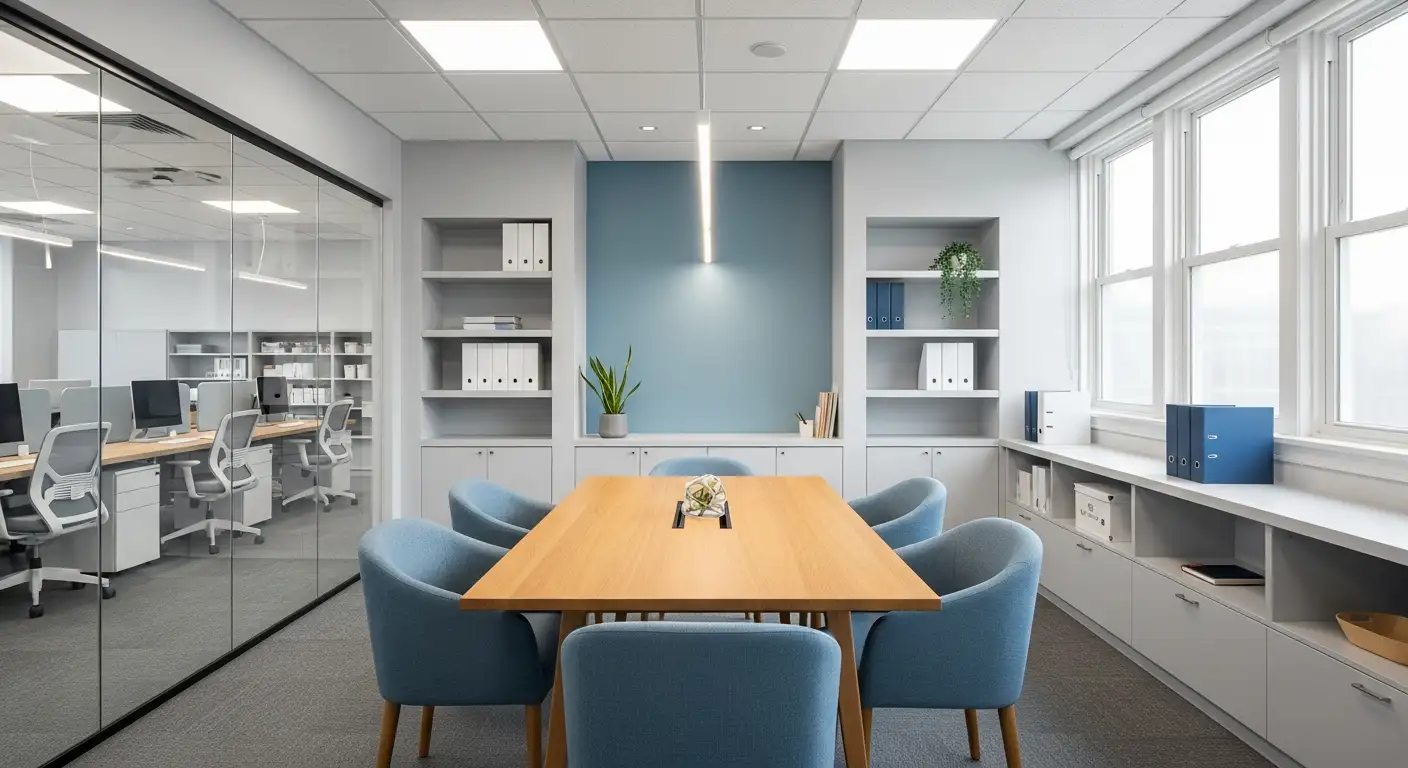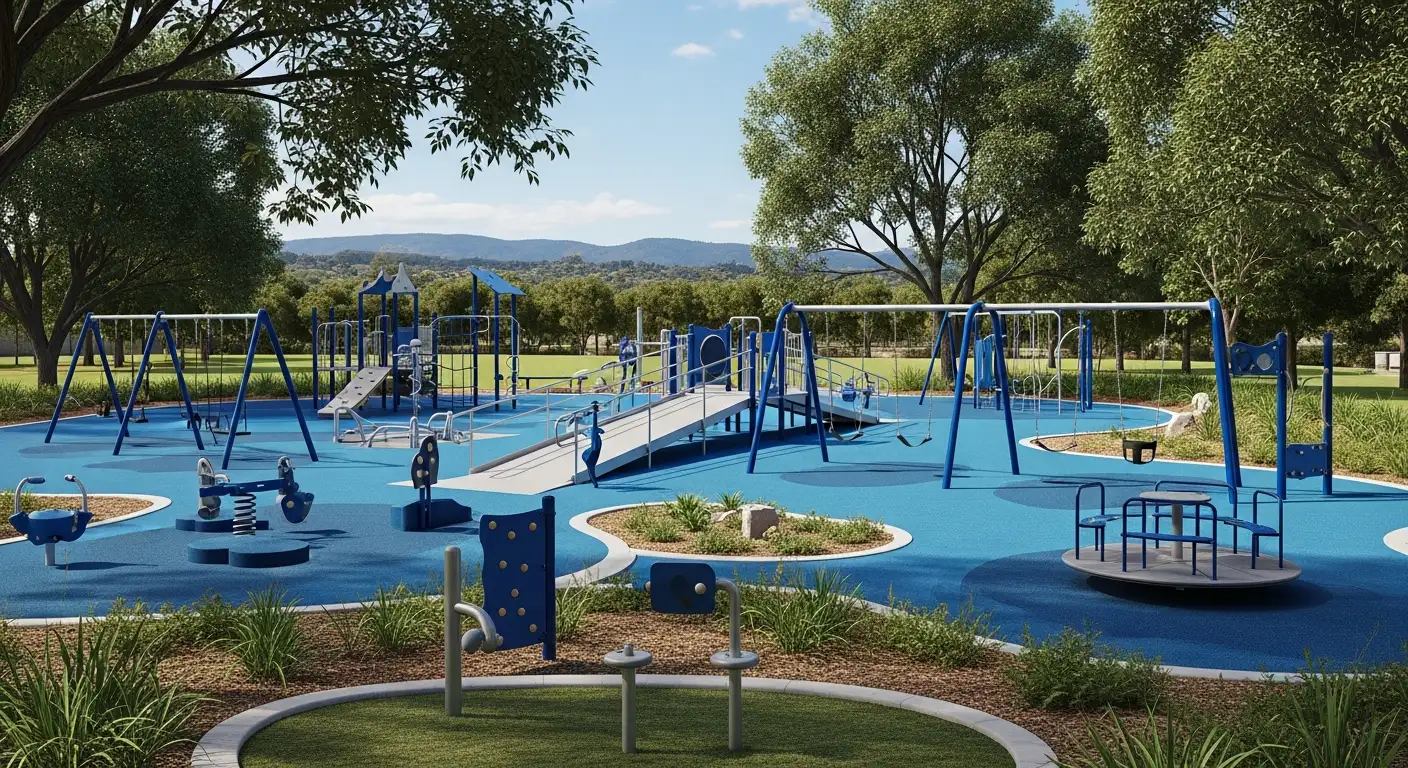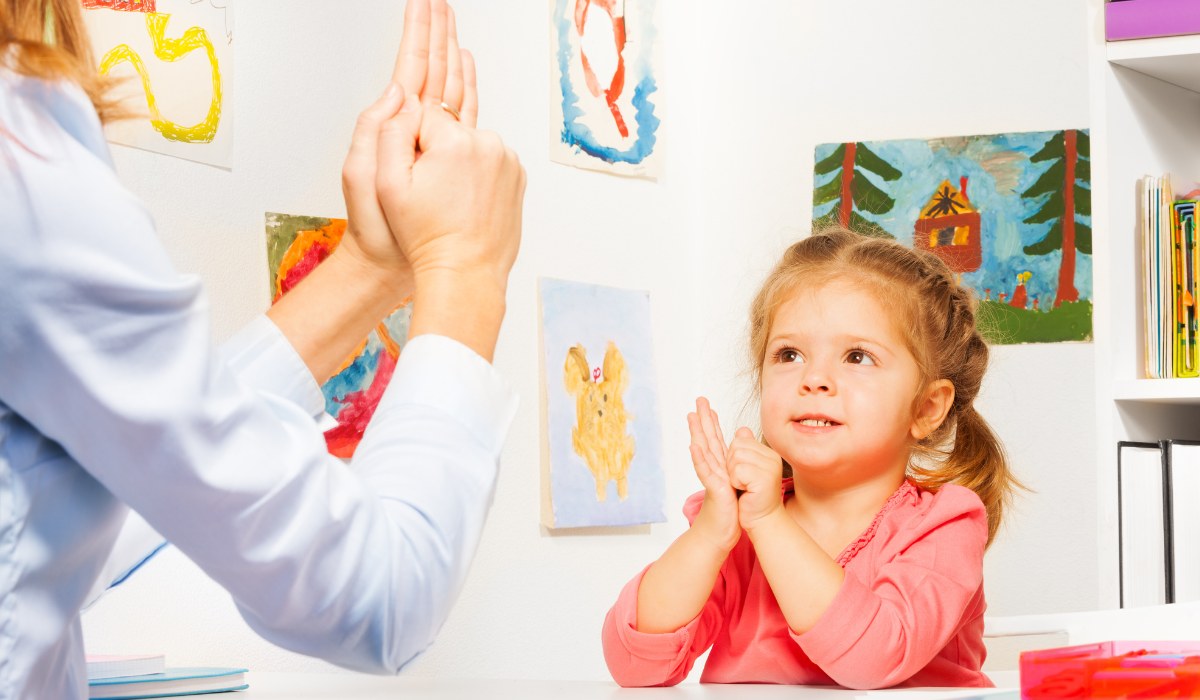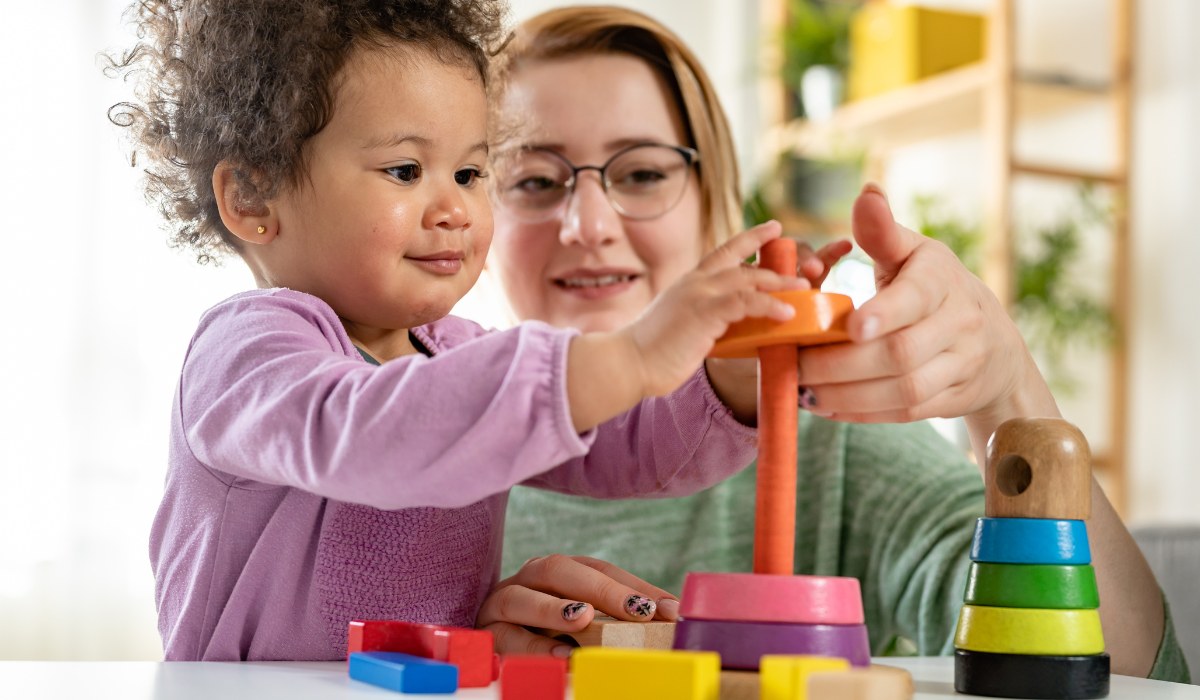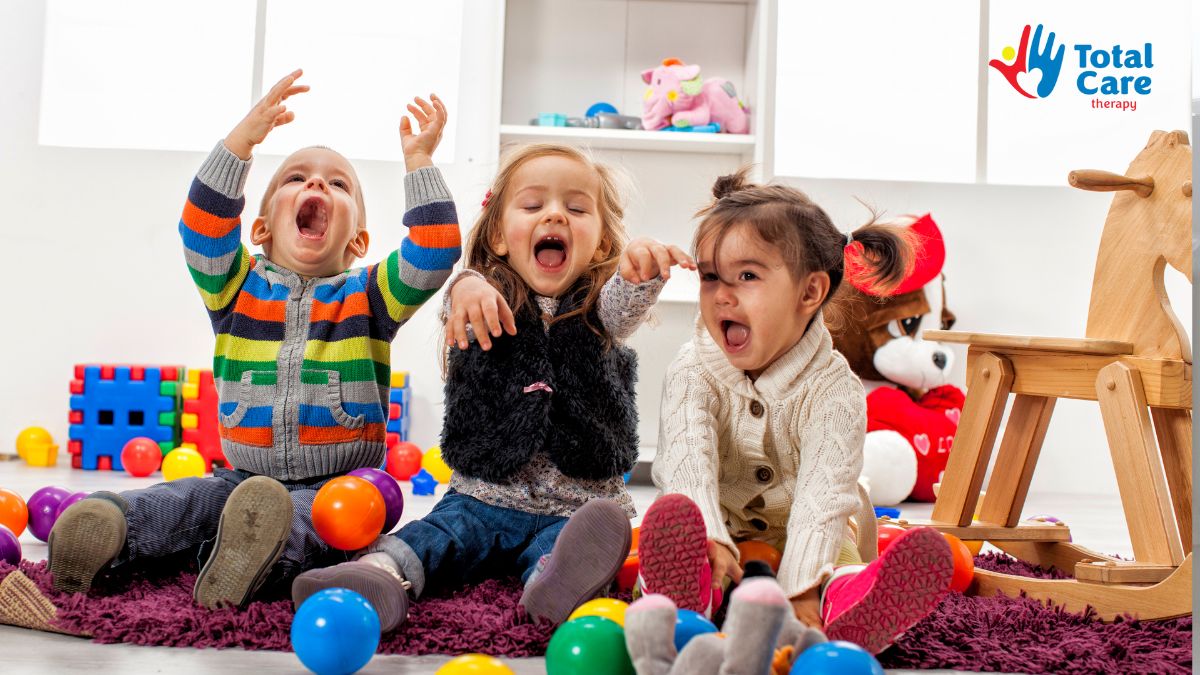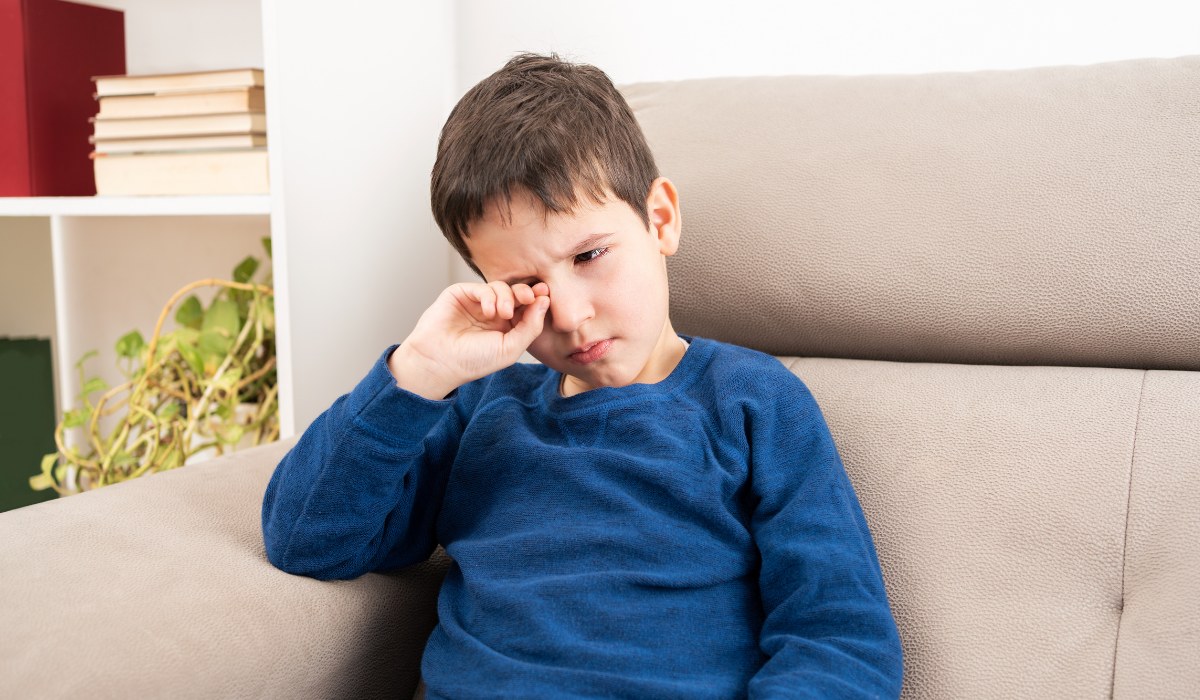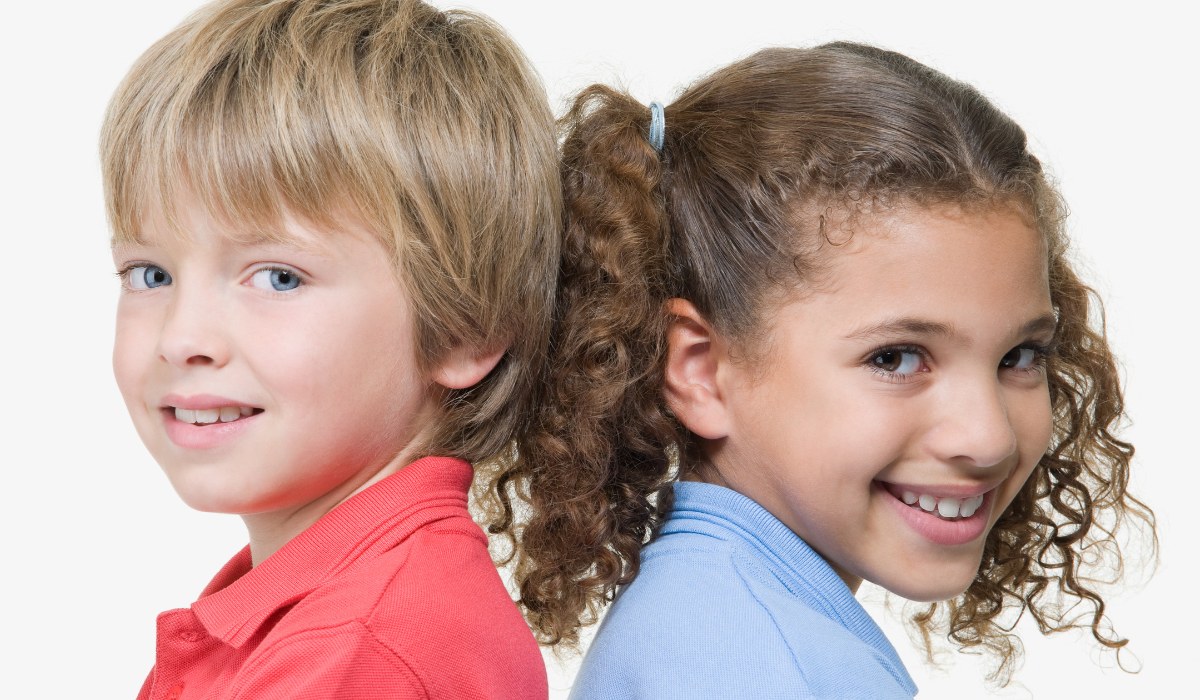How to Develop Social Clubs for Autistic Teens
Building Inclusive Social Environments for Teens with Autism

Understanding the Importance of Social Clubs for Autistic Teens
Developing social clubs for autistic teenagers requires an informed approach that addresses their unique social, communication, and sensory needs. Such clubs provide a safe and structured setting where teens with autism spectrum disorder (ASD) can cultivate essential social skills, practice communication, and build meaningful peer connections. This article explores key strategies, therapeutic approaches, and professional guidance necessary to create effective, supportive social clubs tailored specifically for autistic teens.
Applied Behavior Analysis (ABA): A Foundation for Social Skill Development
What is applied behavior analysis (ABA) and how is it used in therapy for autism?
Applied Behavior Analysis (ABA) is a scientifically grounded therapy that focuses on understanding and improving behavior through learning principles, especially positive reinforcement. ABA therapies are tailored for individuals, typically designed and supervised by Board Certified Behavior Analysts (BCBAs).
ABA targets specific skills including communication, social interactions, daily living activities, and adaptive behaviors. Techniques range from highly structured methods like Discrete Trial Training to more naturalistic approaches such as Pivotal Response Treatment, often incorporating play-based activities and parental involvement.
Key Techniques in ABA
- Positive Reinforcement: Rewarding desired behaviors to encourage their recurrence.
- Behavior Modification: Reducing undesired behaviors by changing environmental stimuli.
- Structured Sessions: Often delivered in systematic, repeated sessions for skill acquisition.
Goals and Outcomes of ABA
The foremost goals of ABA are to increase constructive behaviors while decreasing harmful or limiting ones, aiding individuals with autism to gain independence and better social function.
Research demonstrates that early and consistent ABA interventions substantially improve social skills, communication, and daily living capabilities. For example, studies report significant improvements in communication and adaptive behaviors in children receiving ABA twice weekly over eight weeks.
Overall, ABA is widely recognized as a foundational autism therapy that supports emotional regulation, social competence, and functional independence through personalized, evidence-based teaching strategies.
Multidisciplinary Professional Involvement in Behavioral Therapy

Who are the professionals typically involved in providing behavioral analysis therapy for autism?
Behavioral analysis therapy for autism involves a team of specialized professionals, primarily including Board Certified Behavior Analysts (BCBAs) and Registered Behavior Technicians (RBTs). BCBAs design and oversee ABA programs, ensuring that intervention goals are tailored to each child's needs. RBTs deliver the day-to-day therapy, working directly with children to implement the strategies designed by BCBAs.
Licensed psychologists and therapists experienced in autism also play a vital role. They often collaborate with BCBAs to integrate behavioral interventions with therapies like cognitive behavioral therapy (CBT), speech therapy, and occupational therapy. This collaboration supports a holistic approach to address the complex needs of children with ASD.
Family members and caregivers are crucial participants in this multidisciplinary process. Their involvement includes training and coaching to help generalize the learned skills at home and in other real-world settings. Parental engagement has been shown to enhance the effectiveness and maintenance of behavioral improvements.
The importance of a team-based approach cannot be overstated. Effective ABA and related therapies rely on frequent communication and collaboration among all involved parties—including behavior analysts, psychologists, therapists, and families. This coordinated effort ensures consistent support, individualized goal setting, and the delivery of compassionate, high-quality care.
Social Communication Goals of Behavioral Therapy for Autism
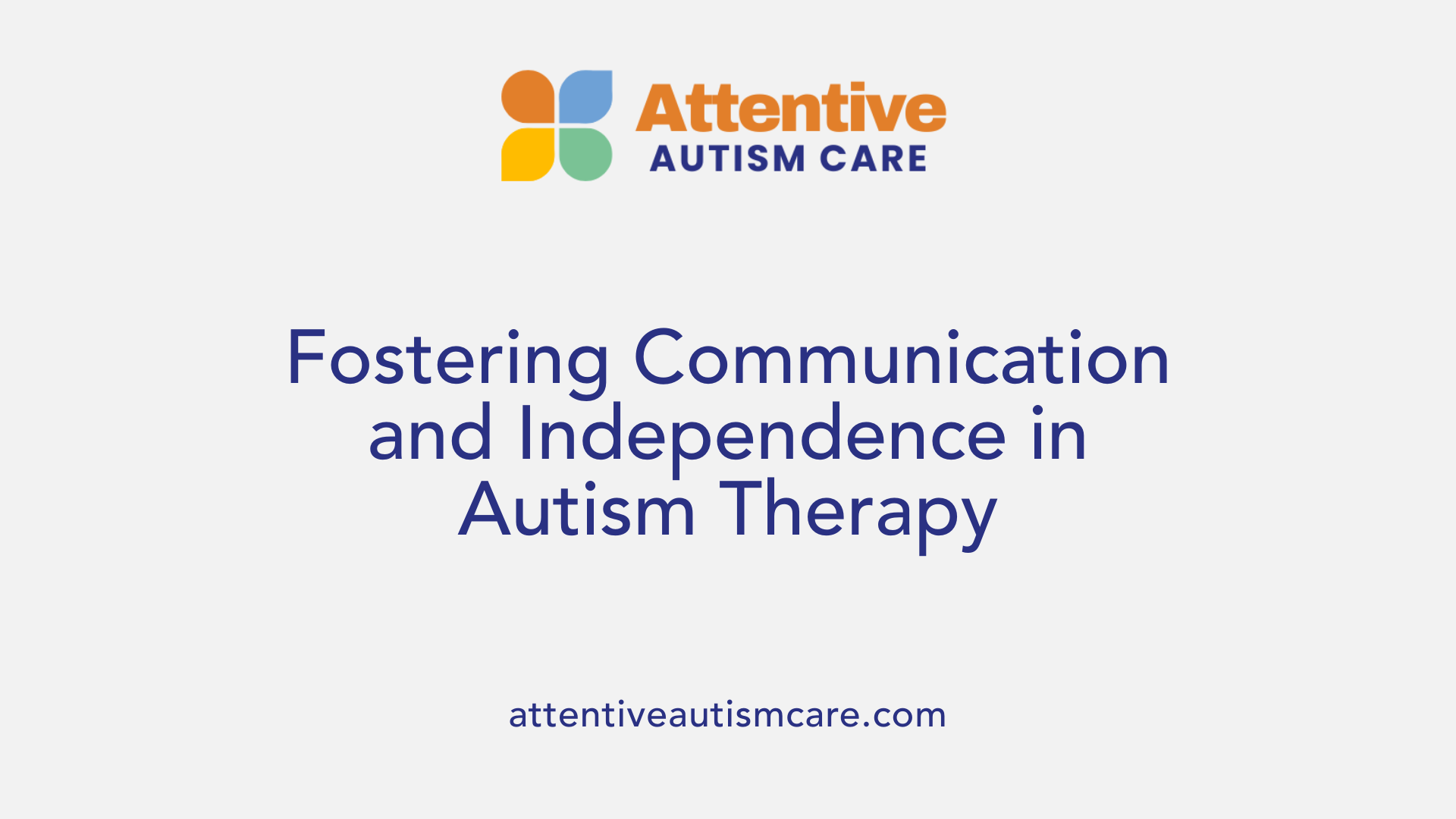
Enhancing communication and social skills
Behavioral therapy for individuals with autism primarily focuses on improving communication abilities and social interaction. Techniques like Applied Behavior Analysis (ABA) use reinforcement strategies to teach vital communication skills, helping participants better understand social cues such as eye contact, conversation flow, and body language. Programs also emphasize receptive and expressive language development, allowing children to initiate and respond more effectively in social settings.
Reducing problematic behaviors
An essential objective of behavioral therapy is mitigating negative or challenging behaviors that often interfere with learning and social engagement. ABA works by modifying environmental triggers and reinforcing positive behaviors, thereby reducing behaviors that hinder socialization or daily functioning. This results in more consistent participation in social and educational activities.
Promoting independence and quality of life
Behavioral therapy aims not only to enhance social communication but also to foster greater independence in daily living skills, emotional regulation, and self-care. Individualized intervention plans teach adaptive behaviors, such as nutrition habits and separation coping, contributing to improved overall quality of life. This holistic approach helps individuals better integrate into their communities and build fulfilling lives.
Behavioral therapy targets
Therapists design tailored programs that address each child’s unique needs, focusing on social communication, emotional understanding, adaptive behaviors, and coping mechanisms. Early intervention and parental involvement are critical components, ensuring that learned skills generalize beyond therapy sessions. Continuous assessment helps adapt goals to maximize developmental progress.
| Goal | Description | Therapeutic Approach |
|---|---|---|
| Communication Enhancement | Teaching verbal and non-verbal social skills like eye contact and conversational turn-taking | ABA, Speech Therapy |
| Behavior Reduction | Decreasing disruptive or socially isolating behaviors through positive reinforcement | ABA |
| Independence Development | Building daily living and self-care skills for autonomy | Behavioral Therapy, Occupational Therapy |
| Emotional and Social Regulation | Improving recognition and management of emotions and social cues | ABA, Social Skills Training |
Implementing Structured Group Therapy Sessions for Autistic Teens

How is the structure and environment of group therapy designed for autistic teens?
Group therapy for autistic teens provides a carefully structured environment that supports social skills practice. Small groups are formed based on similar developmental levels among participants, enabling them to engage comfortably with peers. This structure creates predictability, helping teens anticipate activities and reducing anxiety.
What is the role of trained therapists in group therapy sessions?
A trained therapist facilitates each group session, guiding interactions and encouraging participation. Their expertise ensures activities meet the specific needs of the group, supporting positive behavior and meaningful social exchange. Therapists also monitor progress and adjust strategies as required.
How are activities like role-playing and cooperative games used?
Role-playing and cooperative games are common therapeutic activities within the group setting. Role-playing allows teens to practice social scenarios and develop conversational skills in a safe space. Cooperative games promote teamwork, communication, and turn-taking, which are essential social competencies.
How does group therapy help in generalizing social skills to real life?
One primary goal of group therapy is helping participants transfer newly learned skills beyond the clinical setting. Therapists encourage real-world application by providing social stories, visual schedules, and play-based learning approaches. Parental involvement and community support further reinforce these skills in daily life.
| Component | Description | Benefits for Autistic Teens |
|---|---|---|
| Structured small groups | Groups formed by developmental level | Creates a supportive, predictable setting |
| Trained therapists | Experts guide sessions and tailor activities | Ensures effective interventions and progress monitoring |
| Role-playing | Simulate social situations | Builds communication skills and confidence |
| Cooperative games | Interactive team activities | Enhances cooperation and social interaction |
| Real-life generalization | Use of social stories, visual aids, and parental involvement | Supports applying skills outside therapy |
Incorporating Play and Assistive Technologies to Enhance Interaction
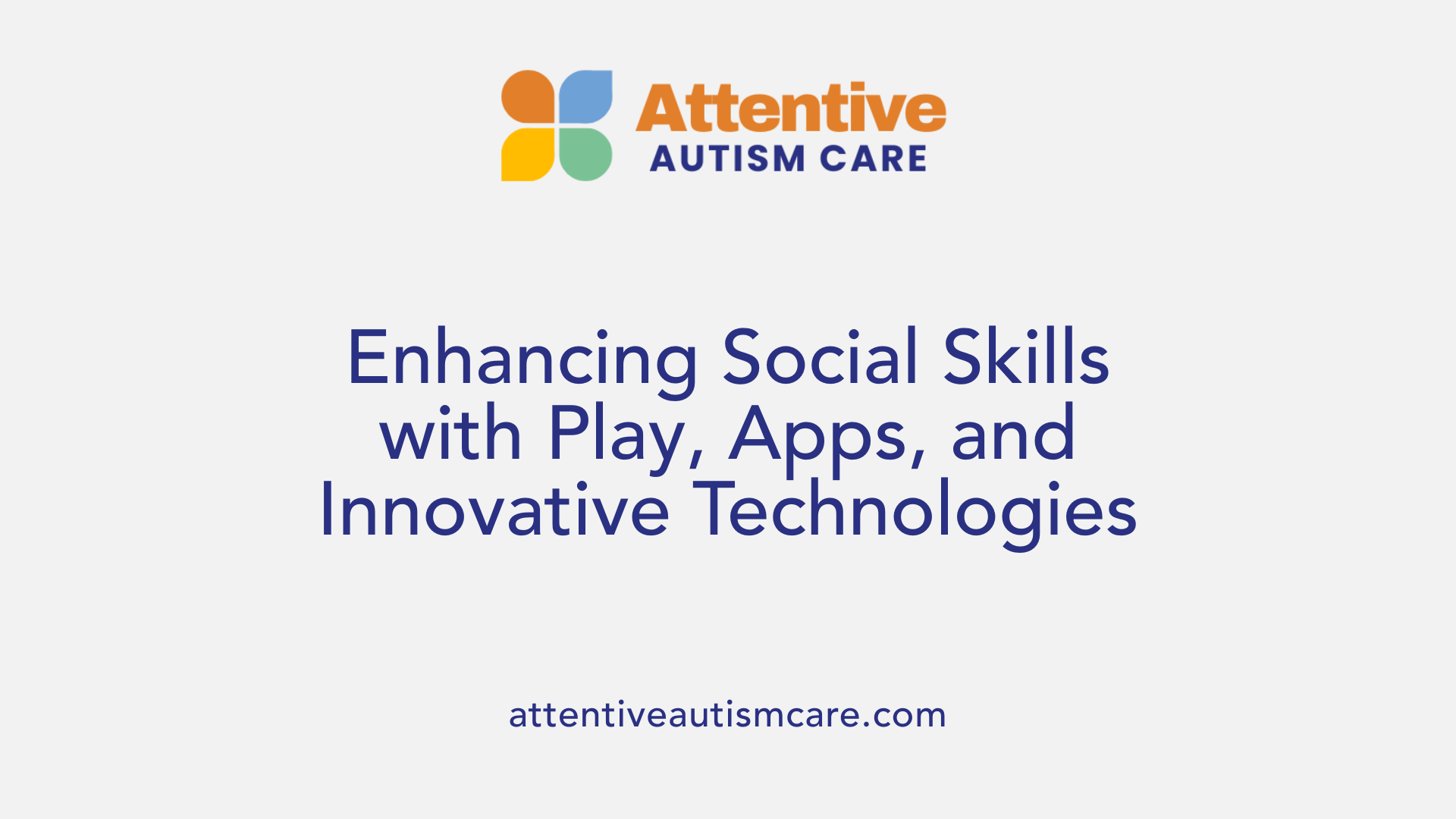
Why Is Play-Based Learning Beneficial for Social Skills Development in Children with Autism?
Play-based learning provides children with autism a natural, engaging way to practice social skills in a low-pressure environment. Activities like cooperative games and role-playing encourage interaction, sharing, turn-taking, and problem-solving. This experiential learning helps children become more comfortable with peer interactions and improves communication skills in enjoyable and meaningful contexts.
How Are Communication Apps and Speech Devices Used to Support Autism Therapy?
Communication apps and speech-generating devices (SGDs) are valuable assistive technologies for children with ASD, particularly those who are nonverbal or minimally verbal. These tools enable users to express needs, wants, and feelings more effectively. For instance, Picture Exchange Communication Systems (PECS) help teach children to request items and enhance their communication repertoire. SGDs often facilitate more natural conversations by allowing users to create synthesized speech, making social exchanges smoother.
What Role Do Virtual Reality and AI Simulators Play in Autism Social Skills Training?
Virtual reality (VR) and AI-based social interaction simulators offer immersive, controlled environments where children with autism can practice social scenarios safely. These technologies can simulate everyday social situations, allowing repetitive practice of skills such as recognizing facial expressions, interpreting body language, initiating conversations, and managing emotional responses. This innovative approach complements traditional therapies by enhancing engagement and personalization.
How Are Nonverbal Communication Challenges Addressed Through Assistive Technology?
For children facing communication barriers, assistive technologies provide alternative ways to engage with others. Sign language is a powerful nonverbal option that fosters detailed self-expression. Additionally, communication boards and apps tailor to each child's unique needs, helping them overcome verbal communication challenges. Combining these tools with therapies like ABA enhances social competence and emotional regulation, contributing to better outcomes in daily interactions.
Addressing Sensory Sensitivities and Cognitive Differences in Club Design
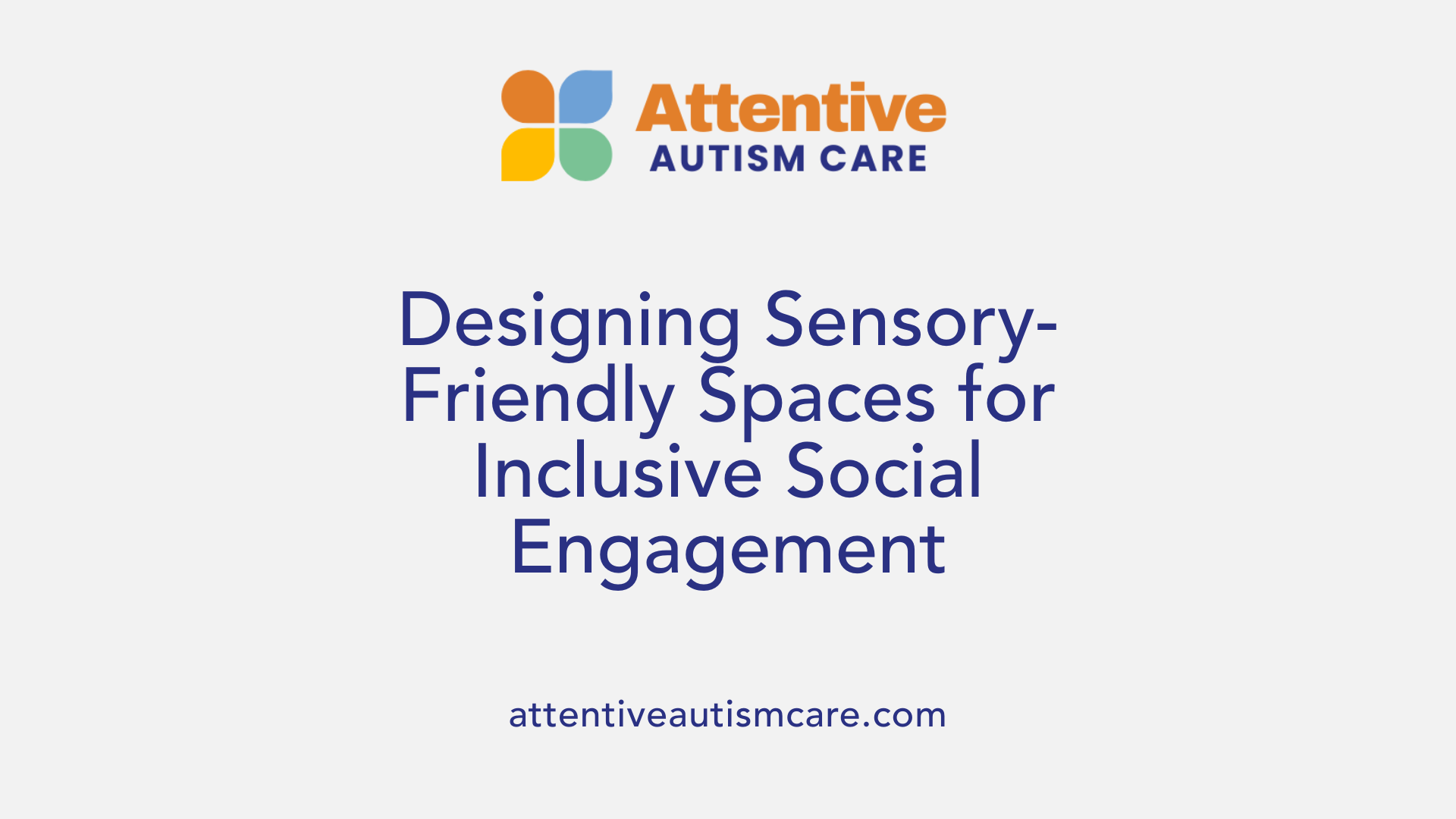
Sensory challenges such as noise and light sensitivity
Children with autism often experience sensory sensitivities that can significantly impact their comfort and participation in social settings. Common triggers include loud noises and bright lights, which can overwhelm sensory processing and hinder social engagement. Recognizing these challenges is essential when creating supportive environments.
Designing sensory-friendly environments
To foster inclusion, clubs can implement sensory-friendly adaptations such as dimmable lighting, sound-dampening materials, and designated quiet areas. Limiting unexpected noises and providing visual schedules or social stories helps create predictable and calming surroundings. These adjustments support children in managing sensory overload, promoting better focus and interaction.
Tailoring activities to cognitive processing styles
Autistic children often process information differently, necessitating customized approaches. Activities that emphasize clear, structured instructions and use visual supports complement different learning styles. Incorporating role-playing, cooperative games, and social stories enables gradual skill building that respects individual cognitive strengths and challenges.
Supporting understanding of social cues
Many autistic individuals find it difficult to interpret facial expressions, body language, and other nonverbal cues. Clubs can include focused social skills training facilitated by therapists, using techniques from applied behavior analysis and speech therapy. Encouraging peer interaction within guided group therapy sessions helps improve social communication and connection in real-world settings.
Engaging Families and Communities to Support Social Club Success
Parental Involvement and Training
Parents play an essential role in supporting social skills development for children with autism. Active participation through parent training programs and coaching from therapists helps generalize skills learned during social club activities to everyday life. Parental engagement ensures consistent practice at home and strengthens the child's progress in communication and social interactions.
Community Resources and Support Groups
Community-based resources such as support groups, educational workshops, and therapy services provide valuable assistance to families and individuals with autism. Organizations like Playful Minds Therapy offer social skills groups that foster connection among children, reducing social deficits and anxiety. Access to community events and sensory-friendly activities encourages natural social interaction and teamwork.
School Programs and Peer Mentoring
Schools integrate social skills lessons, peer mentoring, and buddy programs to create inclusive environments for students with autism. These initiatives promote understanding and acceptance among peers, facilitating social communication and cooperation. Collaboration between educators, therapists, and families ensures tailored support within educational settings.
Promoting Awareness and Reducing Stigma
Public awareness campaigns and global initiatives such as World Autism Awareness Day play a significant role in fostering community understanding of autism. Increasing awareness helps reduce stigma, encouraging acceptance and inclusion in social clubs and other community activities. Advocacy efforts contribute to improved support structures and positive social experiences for autistic individuals.
Creating Empowering Social Spaces for Autistic Teens
Developing social clubs specifically designed for autistic teens is a multidimensional endeavor that integrates evidence-based therapies like Applied Behavior Analysis, professional expertise, and sensitive adaptations to meet diverse social and sensory needs. By fostering structured and supportive environments enriched with play, assistive technologies, and active family and community participation, these clubs become vital platforms for enhancing communication skills, social interaction, and independence. Continued collaboration among therapists, caregivers, and community members is key to ensuring these social spaces empower autistic teens to thrive socially and emotionally in their everyday lives.
References
- Group Therapy for Autism: Improve Social Skills
- The effectiveness of applied behavior analysis program ...
- Nurture Social Skills in Autistic Children
- Making Informed Decisions:
- Social Skills Training for Autism: How Programs are ...
- 7 Autism Behavior and Communication Strategies
- Applied Behavior Analysis (ABA)
- Applied Behavior Analysis (ABA)
- Applied Behavior Analysis in Children and Youth with ...
- The Controversy Around ABA


